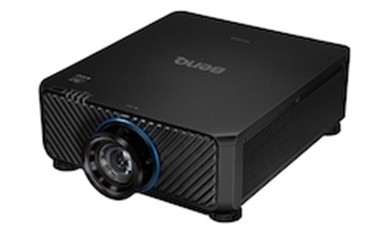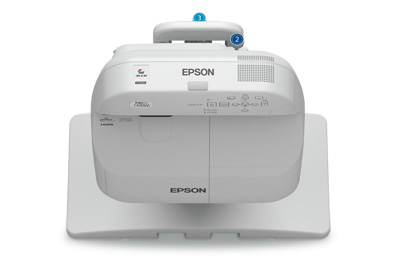Christie Releases New Projection Mapping Tool Kit

BenQ releases New BlueCore DLP Laser Projector
July 8, 2016
Epson Expands BrightLink Pro Office Applications
July 19, 2016Christie Releases New Projection Mapping Tool Kit


At the recent InfoComm tradeshow, Christie introduced a new tool kit for this application called Mystique that is intended to make designing projection mapping application easy. Christie demonstrated the menu screens and design capabilities of the tool kit, which will be offered to qualified integrators or as a service for them. Mystique is intended to support the design, installation, and operation of sports venues and other Location-Based Entertainment (LBE) venues and attractions.
The tool kit is broken into three main components: Design, Deliver and Operate. The Design module was demonstrated in the booth by showing a hockey arena example where the goal is to place images on the ice surface using blended projectors. The tool allows you to choose the type, number and location of Christie projectors, including lenses, and give an output of the light coverage of these units (see photo). This enables the designer to optimize the light as needed to get the desired image quality (brightness, contrast, etc.) The tools can then simulate what the camera-based alignment and blending components will do with these image components. The result is an image that is confined to the ice and that has no visible blend zones.
Christie can actually 3D print a scale model of this arena and the designer can then use pico projectors and a tiny camera to build a scale model of the solution to show the client. One can even don VR headgear to visualize the projection mapping if desired.
Christie already has network operating centers that it uses to monitor cinema projector operation and other networks, so adding projection mapping venues can now enable monitoring of projection mapping applications in theme park dark rides, sports stadiums and arenas by monitoring “system-level” metrics that can’t typically be monitored by individual projector monitoring tools.
Christie Mystique Design and Install will be rolling out in the fall of 2016, with Mystique Operate planned for the first half of 2017.
Analyst firm PMA Research follows the Display market, and the large-venue projector segment has been performing well, thanks in part to the growing popularity of projection mapping.